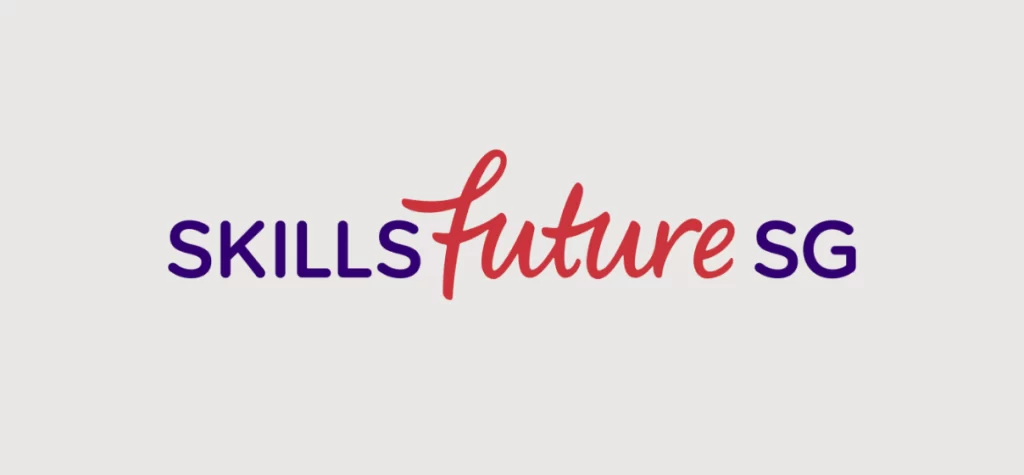SG Budget 2025: Fresh SGD 10,000 SkillsFuture Credit for SME Workforce Transformation
In response to escalating global tensions and economic uncertainties, Singapore's Budget 2025 introduces strategic initiatives to bolster the nation's economic resilience.
A key highlight is the enhancement of the SkillsFuture Enterprise Credit (SFEC), aimed at supporting businesses in their workforce transformation efforts.
This article explores the critical aspects of the revamped SFEC, offering analytical insights and practical steps for businesses, particularly Small and Medium Enterprises (SMEs), to effectively leverage this opportunity.

Introduction to the Enhanced SkillsFuture Enterprise Credit (SFEC)
The SFEC was initially launched to encourage employers to invest in enterprise and workforce transformation. Recognising the evolving challenges faced by businesses, Budget 2025 has introduced significant enhancements to the SFEC:
- Increased Funding Support: Eligible companies will receive a fresh allocation of SGD 10,000 to offset costs related to workforce transformation initiatives.
- Simplified Access via Online Wallet: Transitioning from a reimbursement model, the SFEC will now operate through an online wallet system, enabling companies to directly offset eligible expenses without upfront payments.
- Eligibility Expansion: Businesses employing at least three resident employees qualify for the SFEC, broadening support to a wider range of enterprises.
- Implementation Timeline: The revamped SFEC will be available starting from the second half of 2026 and will remain valid for three years.
Eligibility Criteria
To benefit from the enhanced SFEC, businesses must meet the following criteria:
- Employment Threshold: Maintain a minimum of three Singapore Citizens or Permanent Residents on the payroll each month.
- Active Operations: Be a registered entity in Singapore with an active status and not in default of Skills Development Levy (SDL) contributions.
- Non-Qualification Clause: Businesses that have previously qualified for SFEC are not eligible for the new credit.
What It Means for SMEs: The relaxed eligibility criteria make it more accessible for SMEs to obtain financial support for workforce development, enabling them to remain competitive in a dynamic economic landscape.

Leveraging the SFEC for Workforce Transformation
The enhanced SFEC is designed to facilitate both enterprise transformation and workforce transformation. Here's how businesses can strategically utilise the credit:
1. Enterprise Transformation Initiatives
Up to SGD 7,000 of the SFEC can be allocated towards initiatives that enhance business capabilities and productivity. Eligible programmes include:
- Productivity Solutions Grant (PSG): Supports the adoption of IT solutions and equipment to improve productivity.
- Enterprise Development Grant (EDG): Assists projects that help businesses grow and transform.
- Market Readiness Assistance (MRA) Grant: Facilitates overseas market expansion efforts.
Practical Steps for SMEs:
- Assess Business Needs: Conduct a thorough analysis to identify areas where productivity can be enhanced.
- Select Appropriate Grants: Determine which grants align with your transformation goals.
- Develop a Project Plan: Outline clear objectives, timelines, and expected outcomes.
- Apply for Grants: Submit applications through the Business Grants Portal, ensuring all required documentation is provided.
What It Means for SMEs: By tapping into these grants, SMEs can defray a significant portion of the costs associated with upgrading business processes and expanding into new markets, thereby enhancing their competitiveness.
2. Workforce Transformation Initiatives
The remaining SFEC funds can be utilised for workforce development programmes, such as:
- Job Redesign Initiatives: Restructuring job roles to enhance efficiency and employee satisfaction.
- Skills Framework-Aligned Courses: Training programmes that equip employees with industry-relevant skills.
- Career Conversion Programmes: Assisting employees in transitioning to new roles within the company.
Practical Steps for SMEs:
- Identify Skill Gaps: Evaluate current workforce capabilities to pinpoint areas needing development.
- Engage Training Providers: Collaborate with accredited institutions to design tailored training programmes.
- Implement Training Plans: Schedule and execute training sessions, ensuring minimal disruption to operations.
- Monitor Progress: Assess the effectiveness of training programmes and make necessary adjustments.
What It Means for SMEs: Investing in employee development not only enhances productivity but also boosts morale and retention rates, fostering a more resilient workforce.
Simplified Access Through the Online Wallet System
A significant enhancement to the SFEC is the introduction of an online wallet system, streamlining the process of accessing funds.
Key Features:
- Real-Time Balance Tracking: Businesses can monitor their available credits through the Business Grants Portal.
- Immediate Offset: Credits can be directly applied to eligible expenses, reducing the need for upfront payments.
Practical Steps for SMEs:
- Register on the Business Grants Portal: Ensure your business is registered and has access credentials.
- Familiarise with the System: Explore the portal to understand how to navigate and utilize the online wallet.
- Plan Expenditures: Align your transformation initiatives with the available credits to maximize benefits.
What It Means for SMEs: The online wallet system reduces administrative burdens and improves cash flow management, making it more convenient for SMEs to access and utilise their SFEC funds promptly for workforce transformation.

Singapore's Budget 2025 significantly enhances the SkillsFuture Enterprise Credit (SFEC) to support businesses, especially SMEs, in workforce transformation.
Key improvements include an SGD 10,000 credit for eligible companies, a user-friendly online wallet system for immediate expense offset, and expanded eligibility to firms with at least three local employees.
These changes aim to simplify access to funds, reduce upfront costs, and encourage investment in employee development.
Businesses are encouraged to assess their needs and leverage these enhancements to stay competitive in a dynamic economy.
Stay tuned to Financial Coconut for more insights on how Budget 2025 impacts your finances.
Read more about Singapore Budget; you may also be interested in these articles:
- Singapore Budget Summary
- Singapore Budget for Working Professionals
- Singapore Budget 2025: Disbursement Timeline for Working Professionals
- Singapore Budget 2025: 6 Key Support Measures for Working Adults with Elderly Parents
- Singapore Budget 2025: Disbursement Timeline for Business Owners and SMEs
- SG Budget 2025: How Much Will Parents Save on Their Kids (Monthly) with More Support Given
You can now be our community contributor and make a pitch to have your favourite personality be on our show.
Join our community group and drop us your insights on this topic.

-3.png?width=50&name=Square%20(2)-3.png)







Let us know what you think of this post